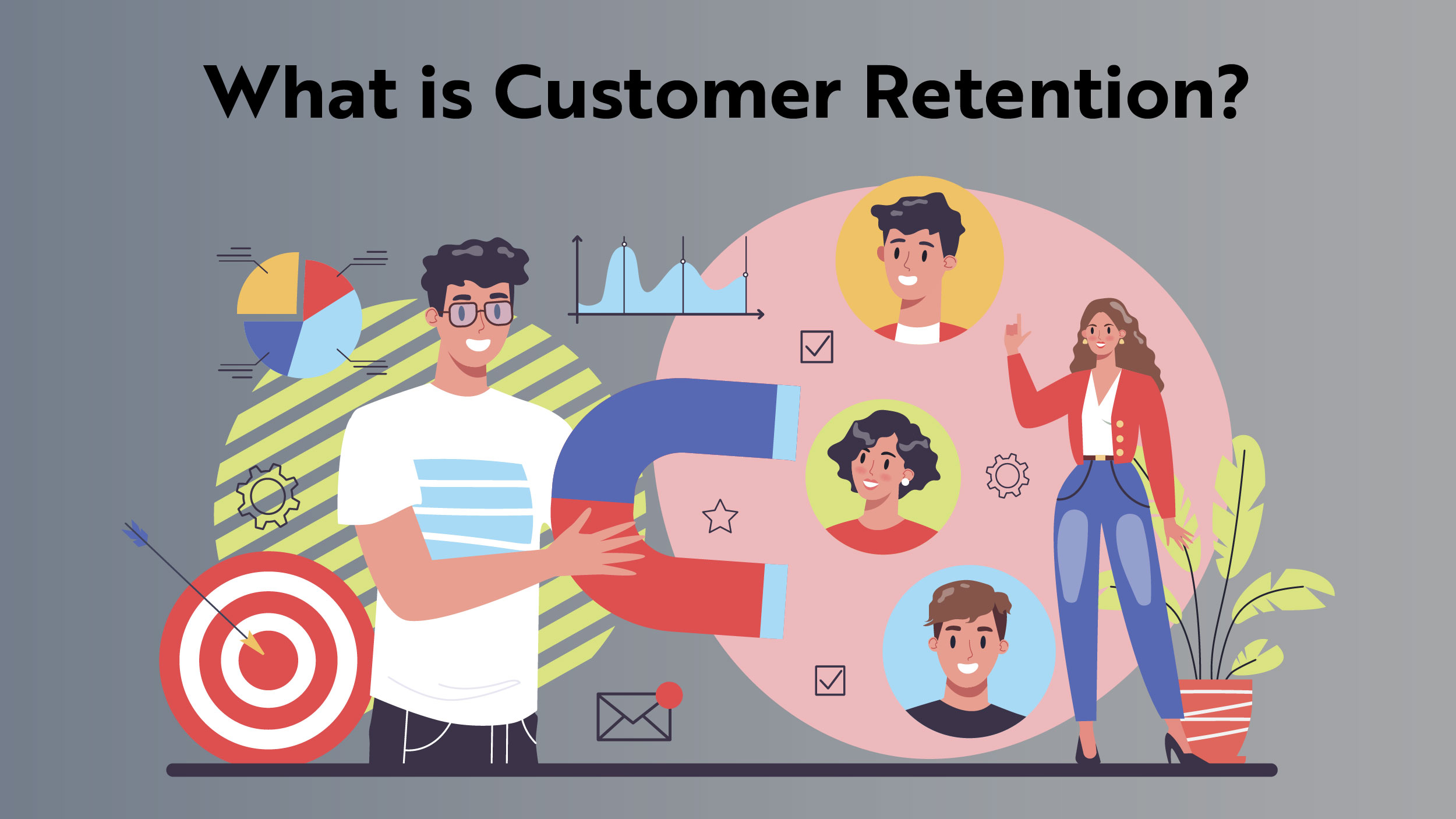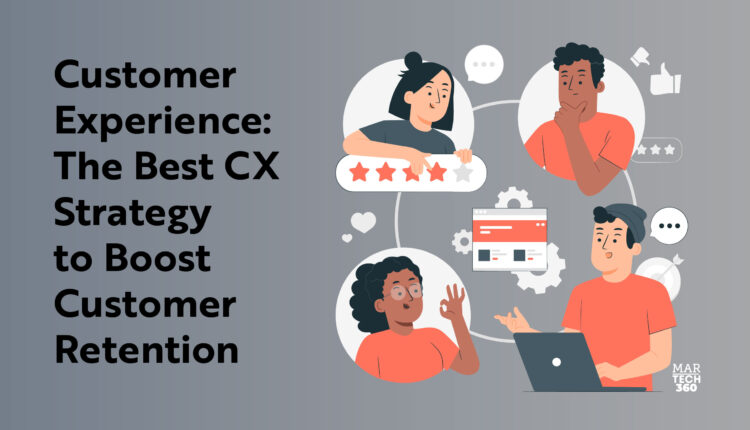Customers now have higher expectations when it comes to companies, and it’s understandable considering the various customer experience we have encountered, spanning from exceptional to aggravating. This has placed added pressure on companies to strike a balance between the desired customer experience and their own limited resources and competing priorities. This challenge becomes even more critical when we observe that customer-centric companies are the ones benefiting the most from their efforts.
Let’s understand what that means for your business and the best strategies you can follow for massive customer retention, shall we?
What is Customer Retention?
Customer experience (CX) encompasses all aspects of a business that influence how customers perceive and feel about it. This includes their interactions, impressions, and overall satisfaction with the brand. In essence, CX defines the customer’s holistic experience with a business.
Customer-focused brands experience a significant increase in profits, around 60% higher compared to companies that do not prioritize the customer experience (CX). This is why having an excellent CX is vital for any business.
Annette Franz, CEO at CX Journey defines it as the customer experience that encompasses all the interactions between a customer and an organization throughout their relationship with the company or brand.
What are the Different Types of CX Strategy?
A customer experience (CX) strategy is the approach a company takes to provide customers with positive experiences. It involves understanding and meeting customer needs and expectations throughout their interactions with the brand, from discovery to post-purchase. A well-defined CX strategy helps businesses create meaningful experiences that promote customer satisfaction, loyalty, and support.
Given below are the four important CX strategies.
1. Customer Personas
The first step in the research process is to create a persona. A persona is a fictional character created through research to represent a specific group of people. By creating 1-5 customer personas, you can better understand the psyche of your customers and create experiences for your most valuable segments.
The persona should include an image of the hypothetical customer, demographic information, attributes and motivations, needs, pain points, and actual customer quotes. Conduct customer interviews, analyze and theme your data, and draw meaningful insights that relate to various customer types to create the persona.
2. Stakeholder Mapping
Stakeholder management is the process of understanding stakeholders’ attitudes before initiating a potential change in order to develop alignment and collaboration among the various groups. Stakeholder planning assists in identifying stakeholders’ needs and interests, influencing mechanisms for stakeholders, potential risks, key people to keep informed about changes, and negative stakeholders and their negative effects on the change.
3. Empathy Mapping
An empathy map is a tool for better understanding customer needs. It enables teams to provide a comprehensive picture of the customer and the actions they may take as a result of their beliefs, emotions, and behaviors. Empathy mapping employs four quadrants labeled ‘think,’ ‘feel’, ‘say,’ and ‘do’ to aid in making sense of various aspects of the customer’s experience and preferences.
4. Mapping CX Strategy Metrics
The next step is to create a system to measure and improve the touchpoints and interactions that you have identified. Most businesses use customer experience software in this situation. The system of record and action for experience data is customer experience software. Customer experience platforms are tools that allow businesses to measure, report, analyze, and act on human feedback from customers.
How to Make a Great Customer Experience?
 Understanding the entire customer journey is the key to creating an exceptional customer experience. It is crucial to have a customer journey map in place or create one if you haven’t already. This map will enable you to identify every interaction point with your customers. Once you have this understanding, you can focus on making each touch point a positive experience for the customer. For example, when it comes to product returns, facilitating the process by including a return shipping label or package, as Stitch Fix does, contributes to a great customer experience.
Understanding the entire customer journey is the key to creating an exceptional customer experience. It is crucial to have a customer journey map in place or create one if you haven’t already. This map will enable you to identify every interaction point with your customers. Once you have this understanding, you can focus on making each touch point a positive experience for the customer. For example, when it comes to product returns, facilitating the process by including a return shipping label or package, as Stitch Fix does, contributes to a great customer experience.
Stitch Fix, a clothing subscription company, simplifies the return process by providing customers with a pre-printed return package and label. All they have to do is drop off the clothes at the post office. This level of convenience enhances the customer experience when returning a product. Once you have established positive interactions with customers, it is important to assess your success. Solicit feedback and foster a sense of community. The more you engage with your audience, the better equipped you will be to deliver an exceptional customer experience.
Wrapping It Up
It is critical to consider the entire customer journey when creating a great customer experience. According to McKinsey, customer journeys are significantly more strongly correlated with business outcomes than touchpoints.
This necessitates a thorough understanding of the end-to-end customer experience and how interactions at each stage are received. Focusing on a customer’s journey and identifying problems within it opens up new avenues for creating a great customer experience. This also allows your teams to come up with new ways to reduce friction, improve business relationships, and grow.
Most importantly, consumer experience management plays a crucial role in the healthcare industry, where the focus is on providing exceptional care and support to patients. With the ever-increasing expectations of consumers, healthcare organizations are now prioritizing the enhancement of consumer experience in healthcare. By implementing effective CX strategies, such as personalized care plans, streamlined communication channels, and convenient access to information, healthcare providers can create a positive and empowering journey for patients. From the moment they enter a healthcare facility to the post-treatment follow-up, a well-executed consumer experience management strategy can significantly impact patient satisfaction, loyalty, and ultimately, better healthcare outcomes.


Comments are closed.